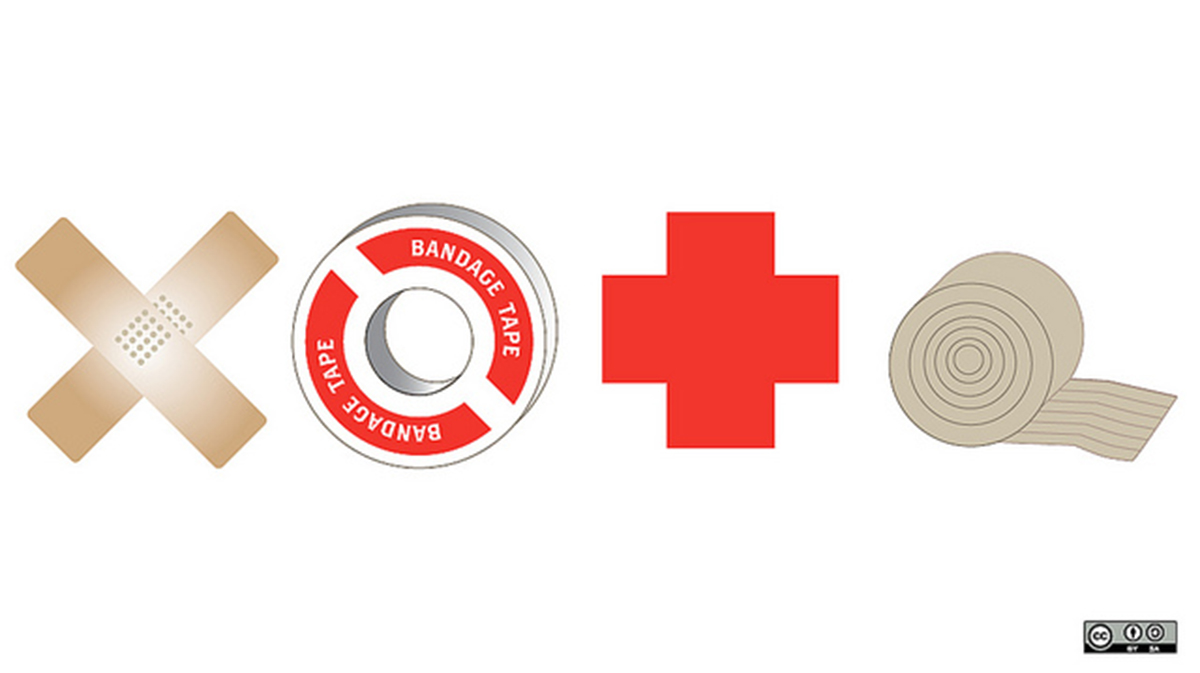I have a condition known as venous insufficency. It's not the sort of thing you might ordinarily pay a lot of attention to. As I have gotten older, the veins in my legs just don't conduct blood "uphill" as well as they used to. I don't have the bulging varicose veins that are more common with venous insufficiency syndromes, but I go have chronic redness and dryness on my feet an lower legs and my skin tends get dry and flake. Also, the skin on my feet and my toenails are unusually thick and tough. My toenails are so hard I can't trim them without the clippers flying up toward the ceiling, and calluses on my feet grow as much as 1/3 of an inch (8 mm) thick if I don't have a podiatrist debride them every two or three months.

The effects of venous sufficiency are certainly noticeable, but I didn't really think they were such a big deal until just a few months ago. I ordinarily use a moisturizer called Eucerin on my feet, but I had run out and I hadn't had a chance to go to the pharmacy to buy more. My feet got really dry. The skin was cracked, although I couldn't see it. I was living with some people who didn't have a concept of hygiene, and on top of that, we were having flooding rains. My shoes got soaked just going from the driveway to my door. Any kind of bacteria or fungus that go trapped in my shoes had ideal conditions for growth.
At first my big toe was red. I didn't think a lot of it. Then my whole foot was red. I noticed. Then the lower half of my leg became red, tender, and feverish, and my heart started racing (not because I was upset, but because I had an infection) 200 beats a minute even with medication to slow it down. A tiny cut in my foot, which turned out to be a less than 0.5 mm (1/50 inch) cut had let bacteria in that weren't just infecting my foot, but threatening my life. Four hospitalizations, 50 adminstrations of IV antibiotics, $250 thousand in hospital bills, and four months later, I am essentially over the infection. However, the reason I didn't get better faster had to do with wound care.
READ Maggots Help Heal Diabetic Wounds
Chronic ulcers on the feet and legs typically just won't heal when the skin is thick, dry, and tough. It's necessary to remove dead and dying skin through a process called debridement over and over again to keep a thick callus from cutting off circulation. It's major chore to have a wound care specialist (in the US, a nurse with an MSN, usually, or a physical therapist with a doctor's degree) come in to your hospital room every day to remove tiny flecks of dead skin, or to get a similar service from home health care. That's why it's the new self-debriding bandages are such a major innovation.
What's So Special About A Self-Debriding Bandage

- There may be a change in odor. Infected wounds are rotting flesh, and they smell like it. Effective wound care results in cessation of odor. This may take two or three weeks.
- There may be a change in color. Necrotic (dead or dying tissue) tends to be black. If the bandage is working, there won't be as much black tissue around the wound. This may occur in just two or three days.
- Alexander M. Reyzelman, DPM
- Mher Vartivarian, DPM. Evidence of Intensive Autolytic Debridement With a Self-adaptive Wound Dressing. Wounds. 2015.27(8):229-235.
- Photo courtesy of stephanie_in_love: https://www.flickr.com/photos/stephanie_in_love/5434424913/
- Photo courtesy of opensourceway: www.flickr.com/photos/opensourceway/5754766455/


Your thoughts on this